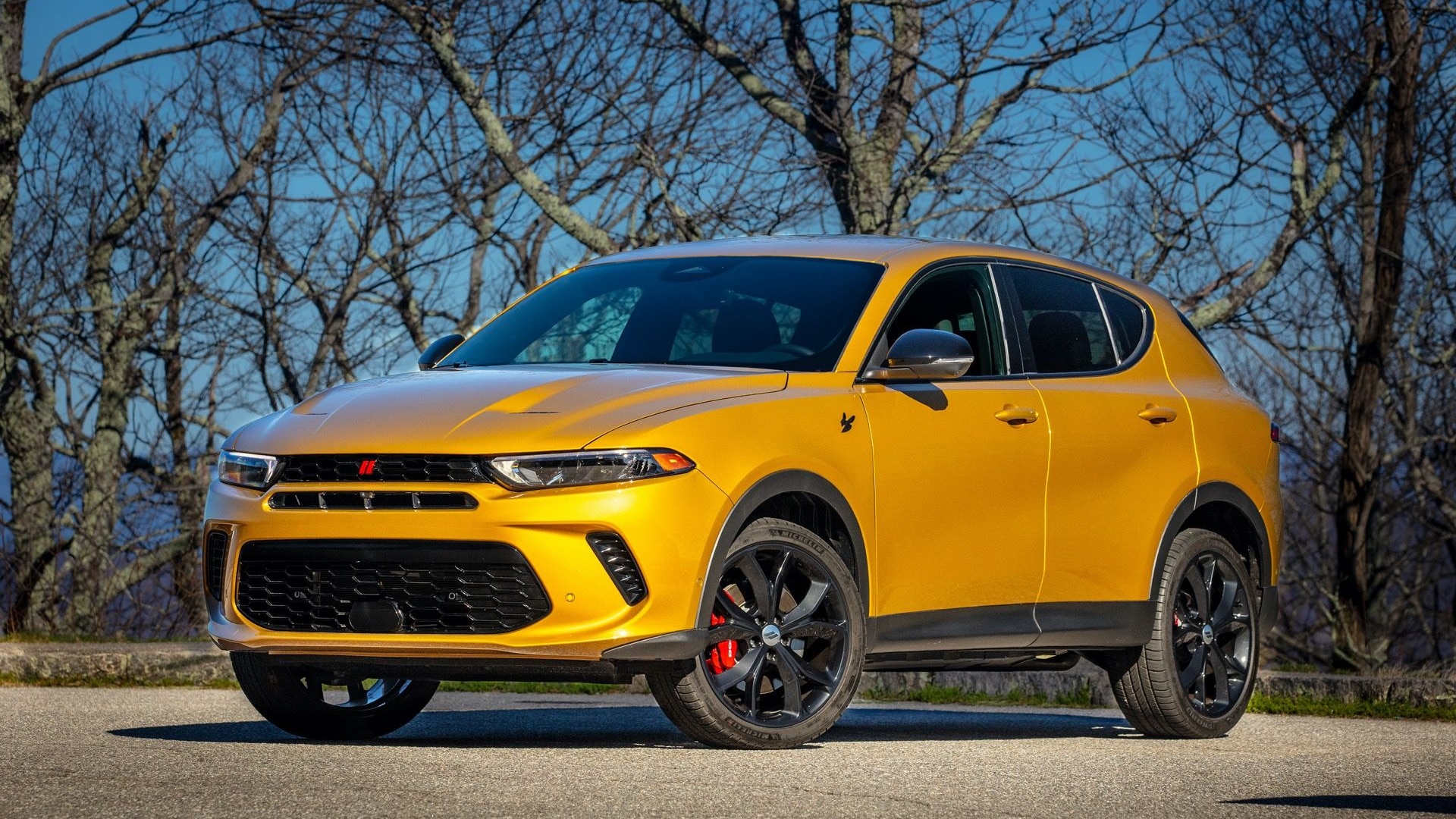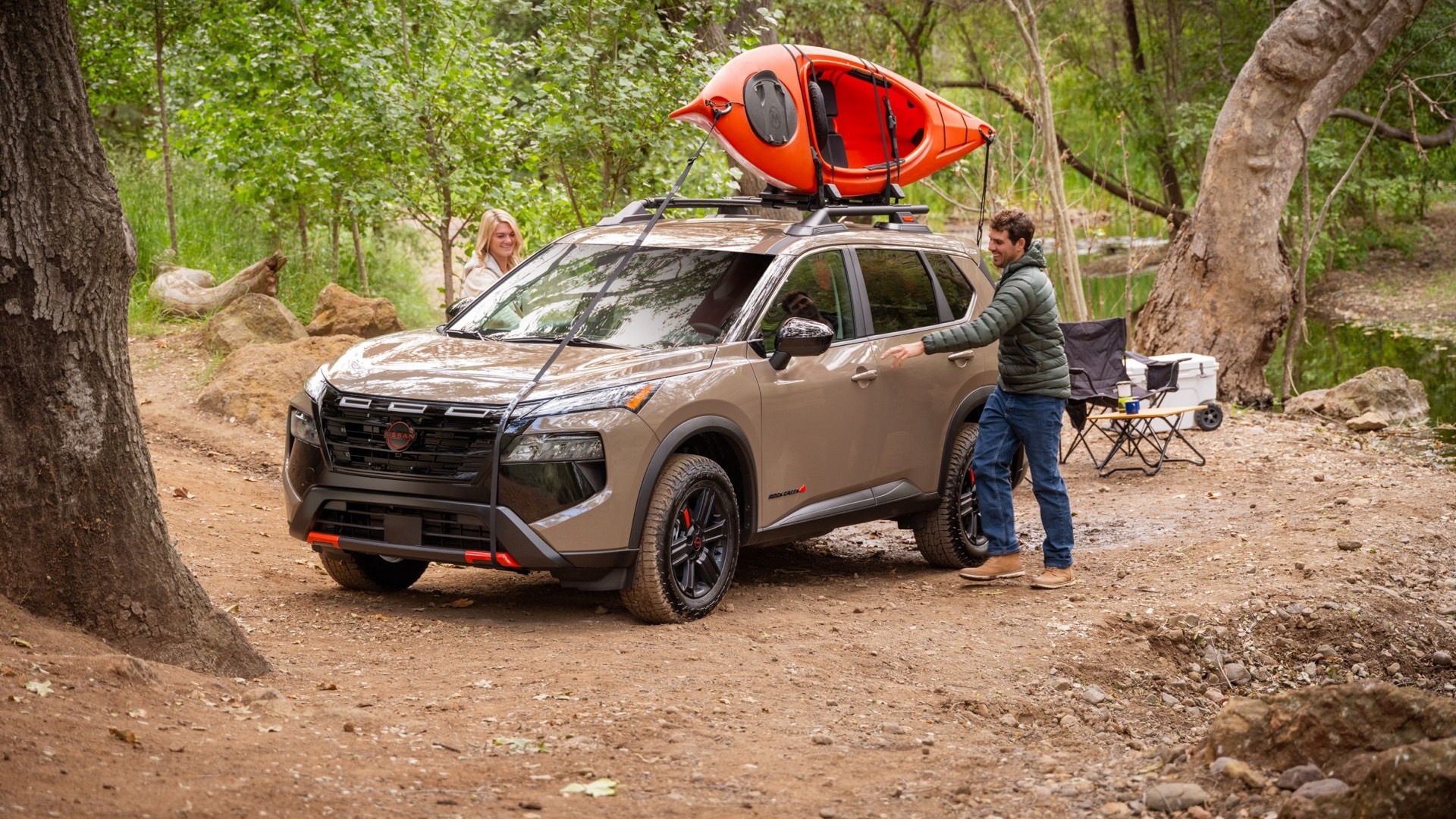The ride-hailing company Lyft announced Wednesday that it intends to go all-electric by 2030, potentially avoiding 16 million metric tons of greenhouse gas emissions and cutting gasoline consumption by more than a billion gallons from now until 2030.
According to Lyft, its accelerated timeline will result in 60 billion electric vehicle miles traveled over the next decade throughout the U.S., and 22 times the EV adoption rate in California compared to the state’s Air Resource Board “business as usual” regulatory scenario for 2030.
Something had to be done. According to a California study released last year, 39% of ride-hailing trips involve “deadhead miles”—and because of a ride-hailing fleet that’s actually less all-electric than the fleet at large in the state, Uber and Lyft trips create 50% more emissions than the equivalent personal-car trip.

Lyft car picking up a rider
While the pandemic-induced slowdown might be a good time to go cold turkey on internal combustion, that’s neither practical now for the company nor for its drivers, who have been hit hard by the resulting economic slowdown. As of May, California reported that ride-sharing activity was down 60% versus last year.
California is also in the early stages of mandating that a certain portion of the ride-hailing fleet go electric, through an extension of its Clean Cars Program, but that program won’t take effect until 2023, and the Lyft initiative gets out ahead of that and will be nationwide.
That said, the ride-hailing giant is making a long-term commitment to go zero-tailpipe-emissions.
“Our commitment is a long-term effort and Lyft will provide periodic updates with key project milestones,” Lyft said in a statement.
The commitment will result in what is estimated to be more than 2 million vehicles over the next 10 years that Lyft says it “will work with drivers to electrify.” That also includes coordination with partners on equitable policy and making sure charging is available.

Lyft plans to go to 100% EVs by 2030
Lyft claims that the switch to electric vehicles will benefit its drivers in terms of operating costs, yielding up to $10 billion in combined savings across its fleet of drivers. But it recognizes that it needs to subsidize that path in the meantime. Through its Express Drive program that started in February 2019, Lyft offered electric cars for rental. Ride-hailing drivers may then use those vehicles on the Lyft platform, with Lyft offering customers a Green Mode option that prioritizes eco-friendly options.
Express Drive is now only offered in Seattle, Atlanta, and Denver, but the company says that it will expand the program to at least 10 of its largest markets by 2023 and offer vehicles at the same or lower weekly rental price than comparable gasoline models.
In 2023, Lyft expects that more than 50% of its miles completed on-platform will be all-electric, but as the graph above shows, it’s expecting its EV rentals to make up the lion’s share of EV growth for the first few years.
At this time Green Mode is only offered in Portland, Oregon, and Seattle—making Seattle the only market that has it all—and Green Mode still includes hybrids, which don’t take advantage of cleaner grid energy; but Lyft says it’s exceeded 300,000 Green Mode rides to date.

Green Mode on Lyft app
Lyft says that the electric initiative will extend to its autonomous vehicle program, as well as personal vehicles that are used on the platform. It hasn’t yet detailed how exactly stricter requirements will be phased in.
“This won’t be an easy task for us because, today, the vast majority of vehicles used on the Lyft platform are personal vehicles owned by people who drive rideshare in their spare time (less than 10 hours per week),” the company said. “Encouraging millions of individuals to switch their personal vehicles from gas to electric in the next 10 years will require unprecedented leadership from policymakers and regulators to align market rules and incentives for businesses and consumers alike.”
It pointed to California’s EV rebate program and the continued expansion of states’ ZEV programs, as well as programs that support more charging infrastructure. It also hopes to help reduce fast-charging costs with programs that incentivize charging at off-peak times. Lyft says that 40% of rides on its platform start or end in low-income areas—where EV drivers are more likely to encounter "charging deserts."
The announcement was made with Environmental Defense Fund and is part of EV100, a global initiative positioned toward “making electric transport the new normal by 2030.” Lyft and 76 other companies have membership in the initiative.
That organization cites Bloomberg New Energy Finance data predicting that unsubsidized up-front costs will be the same or cheaper than comparable gasoline vehicles by 2023. It also notes that 23% of global greenhouse gas emissions are due to the transportation sector—a figure that would be significantly cut with this big of an electric transformation.













